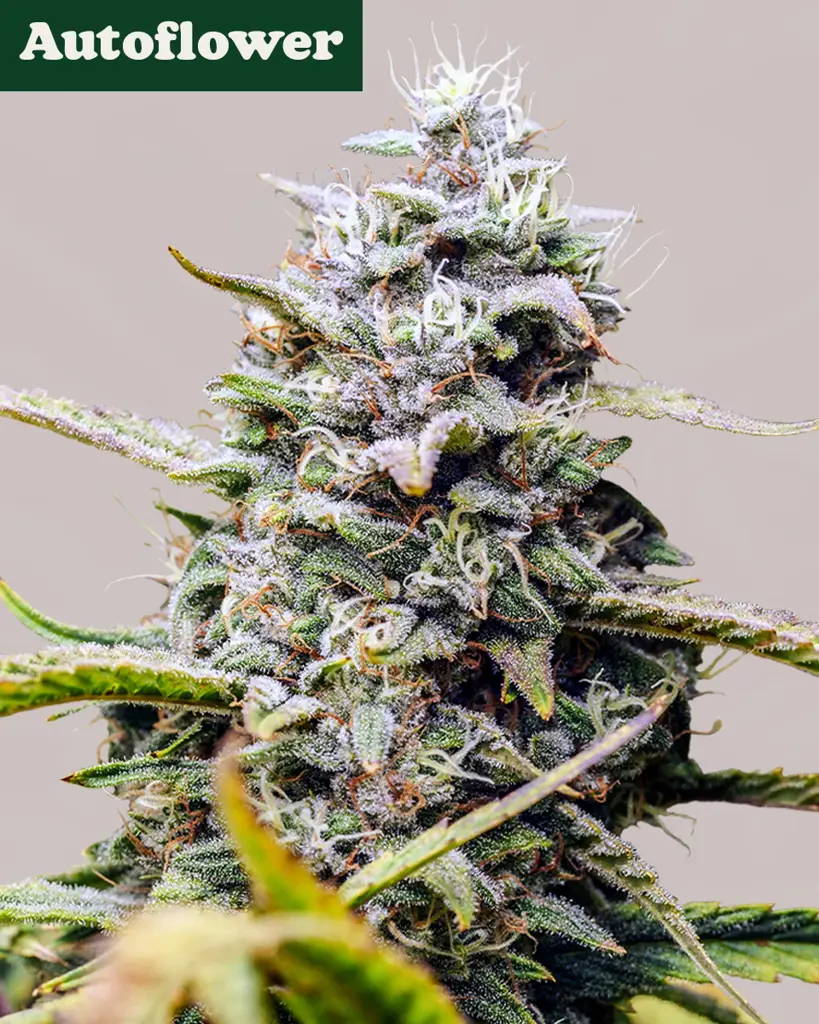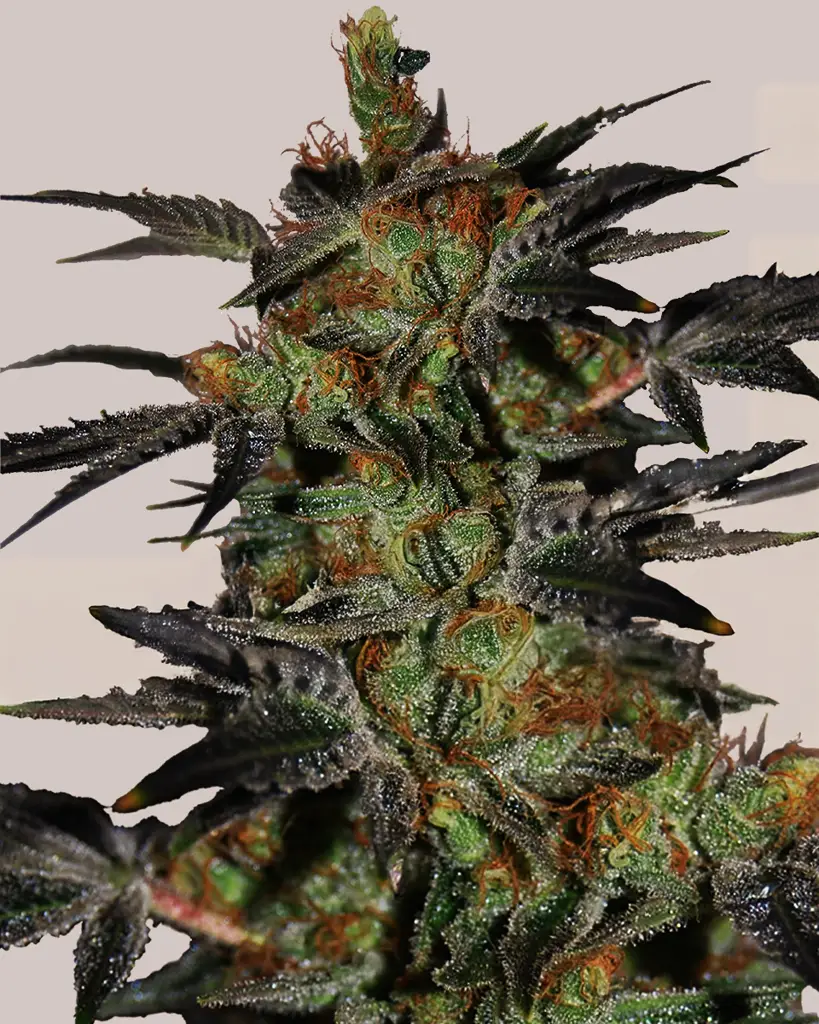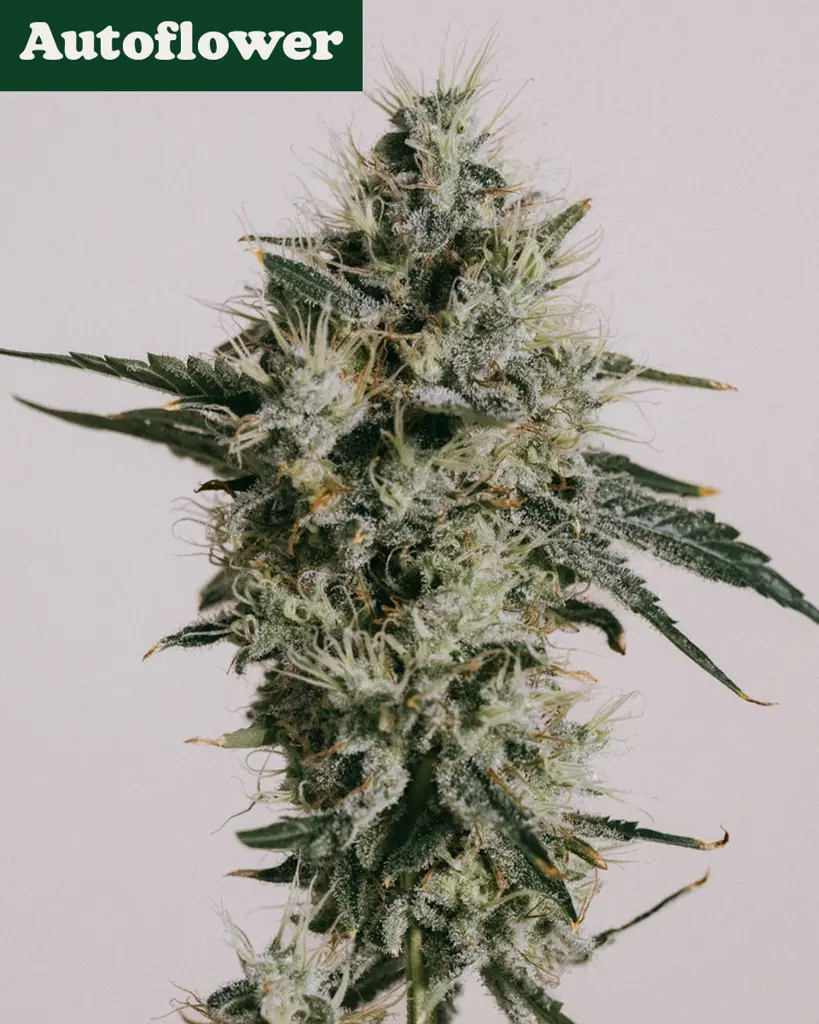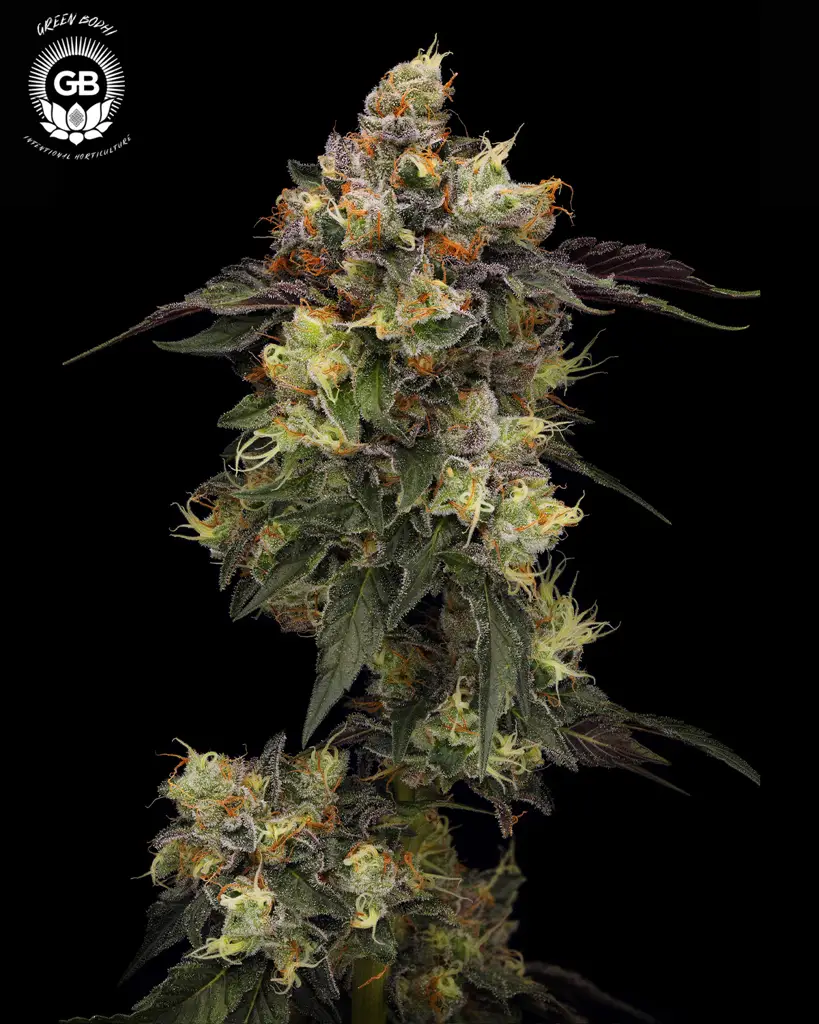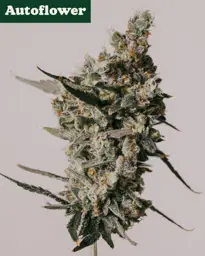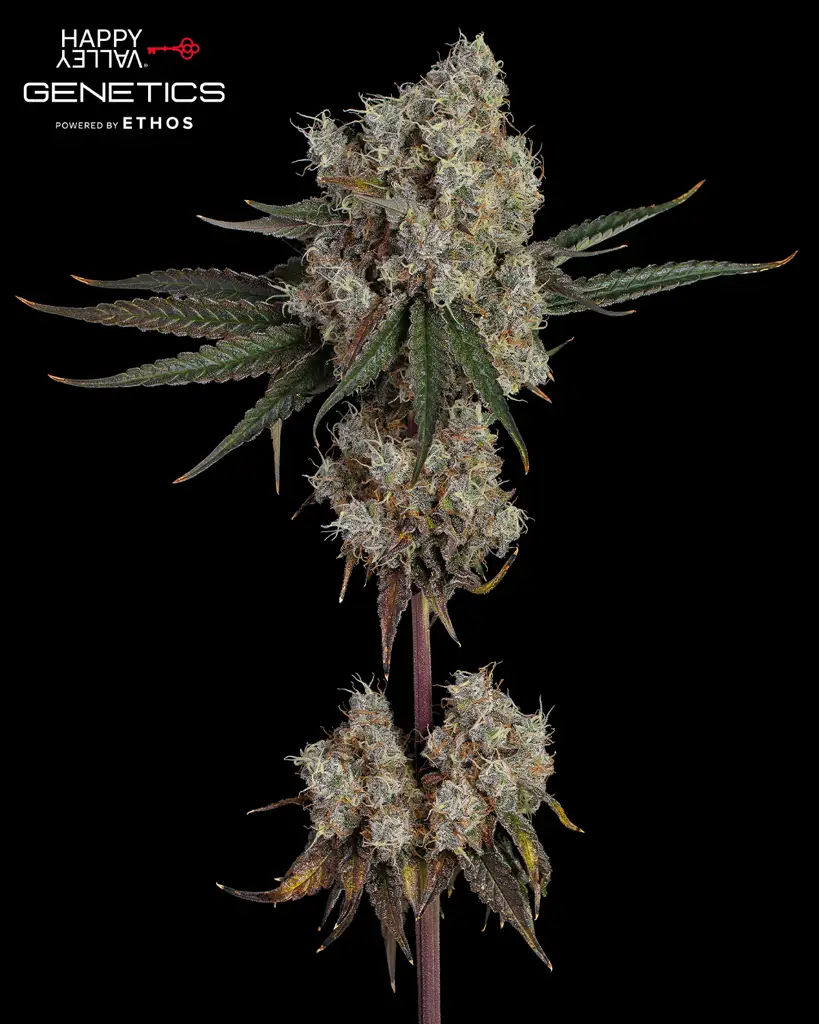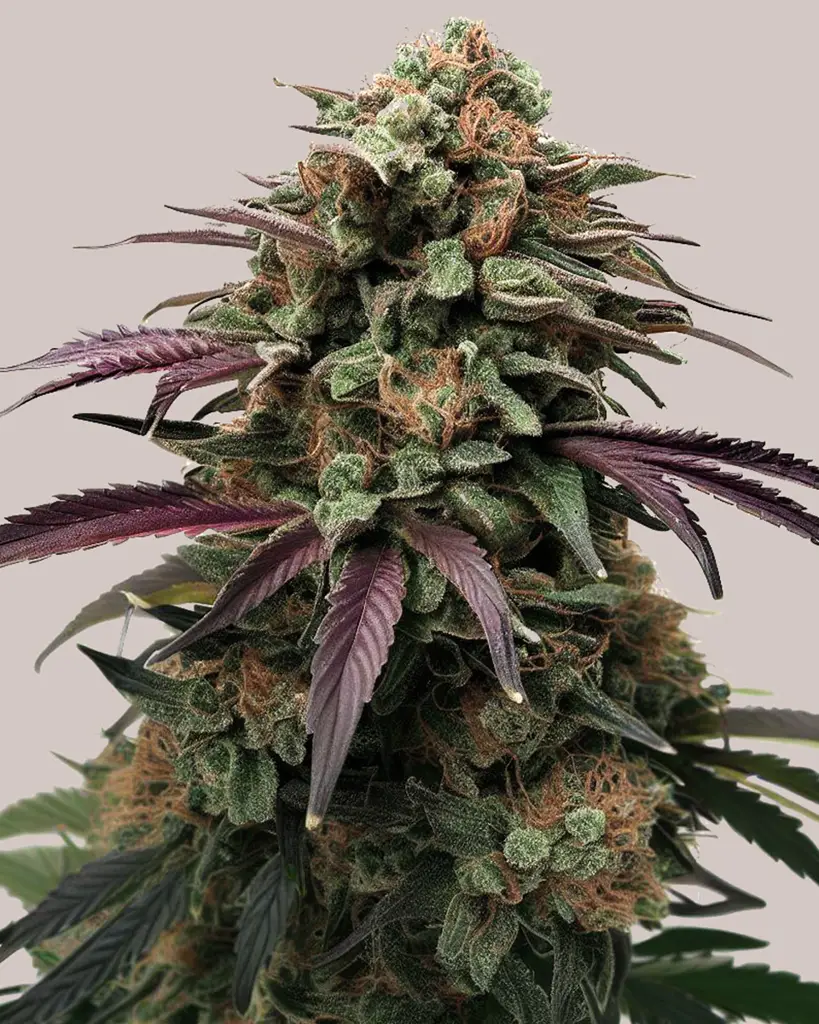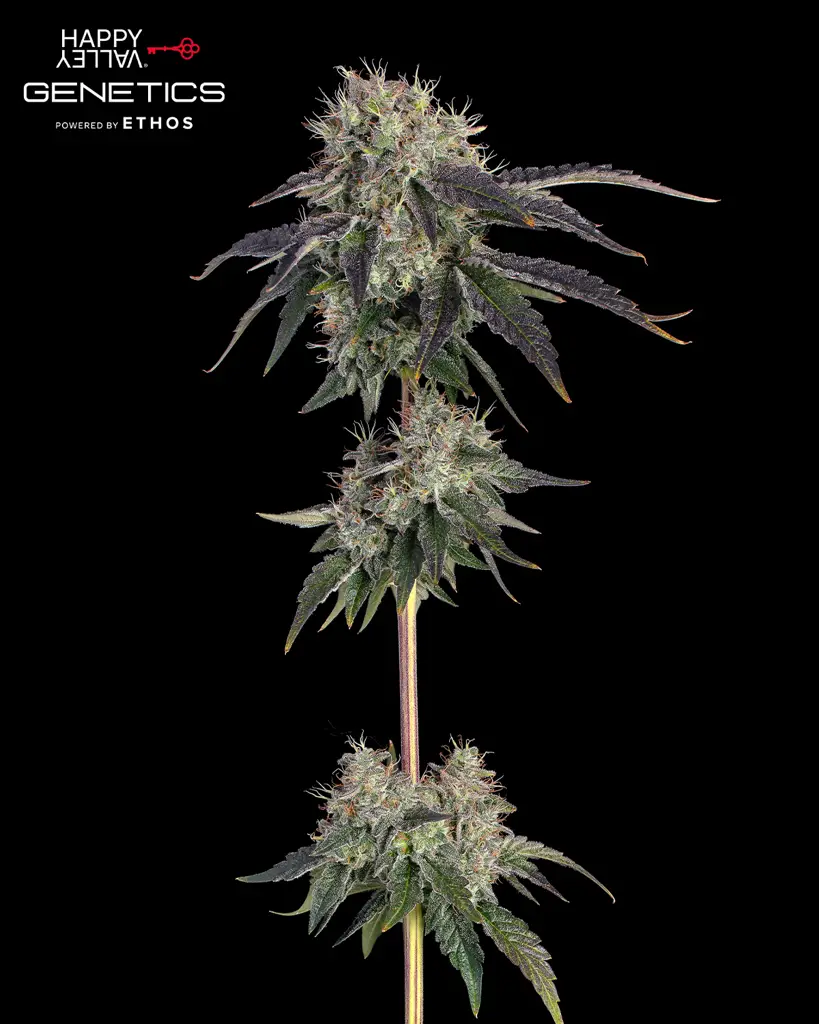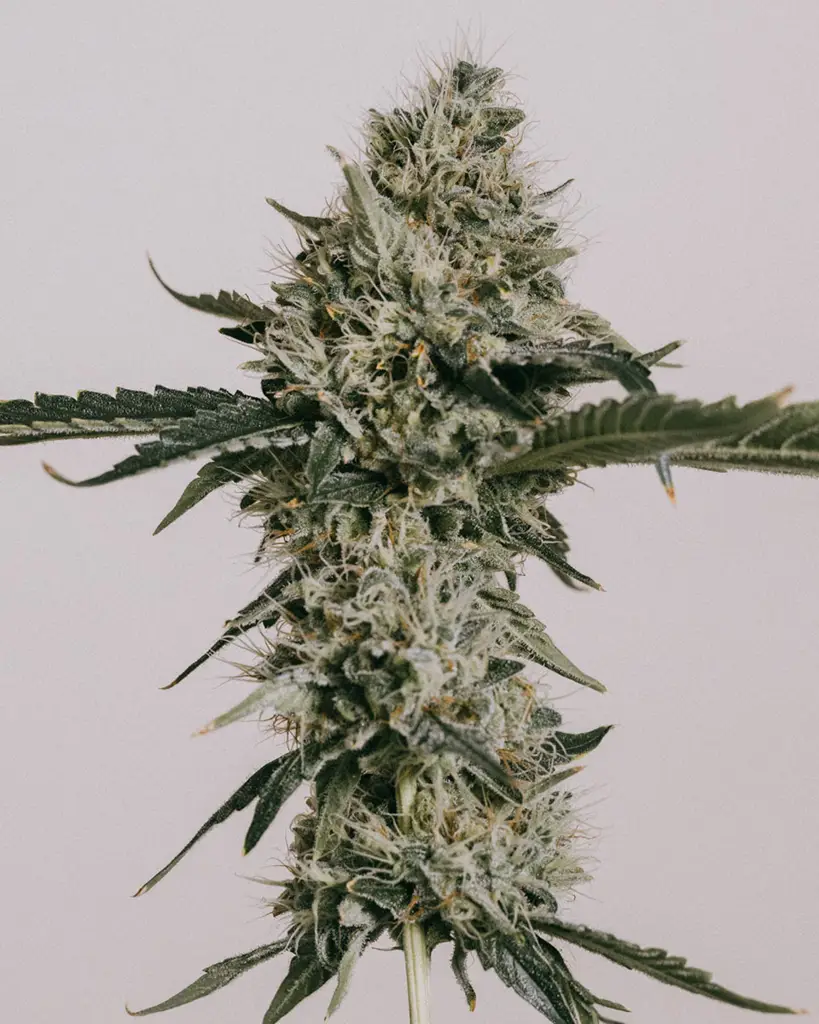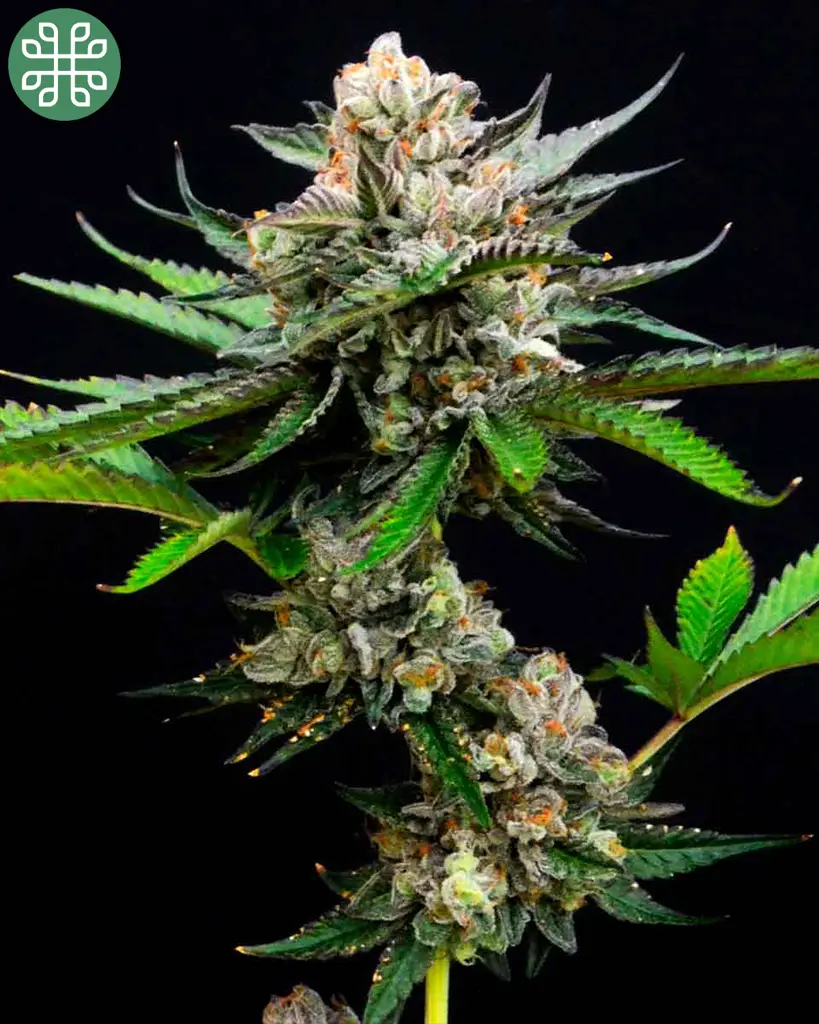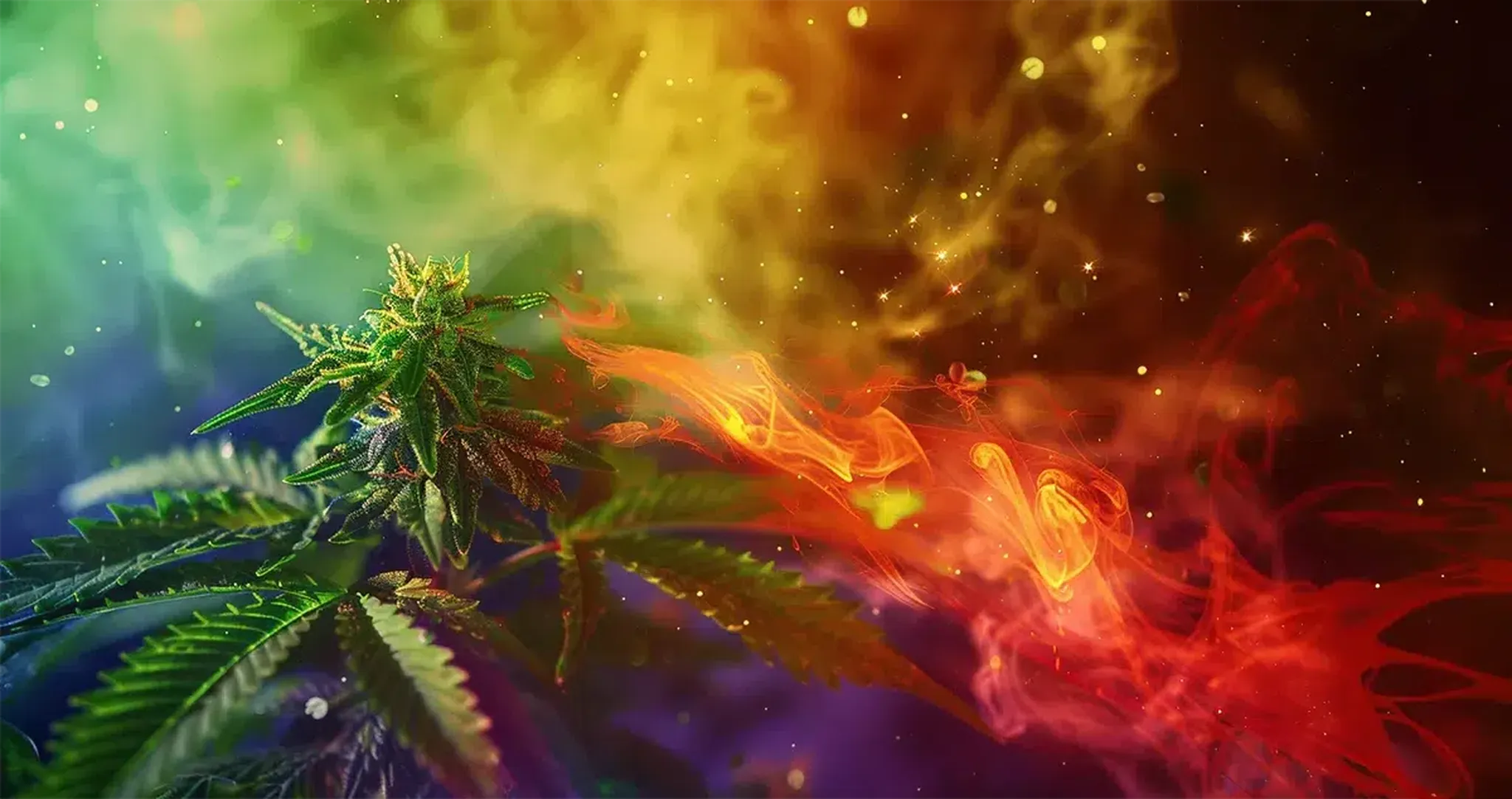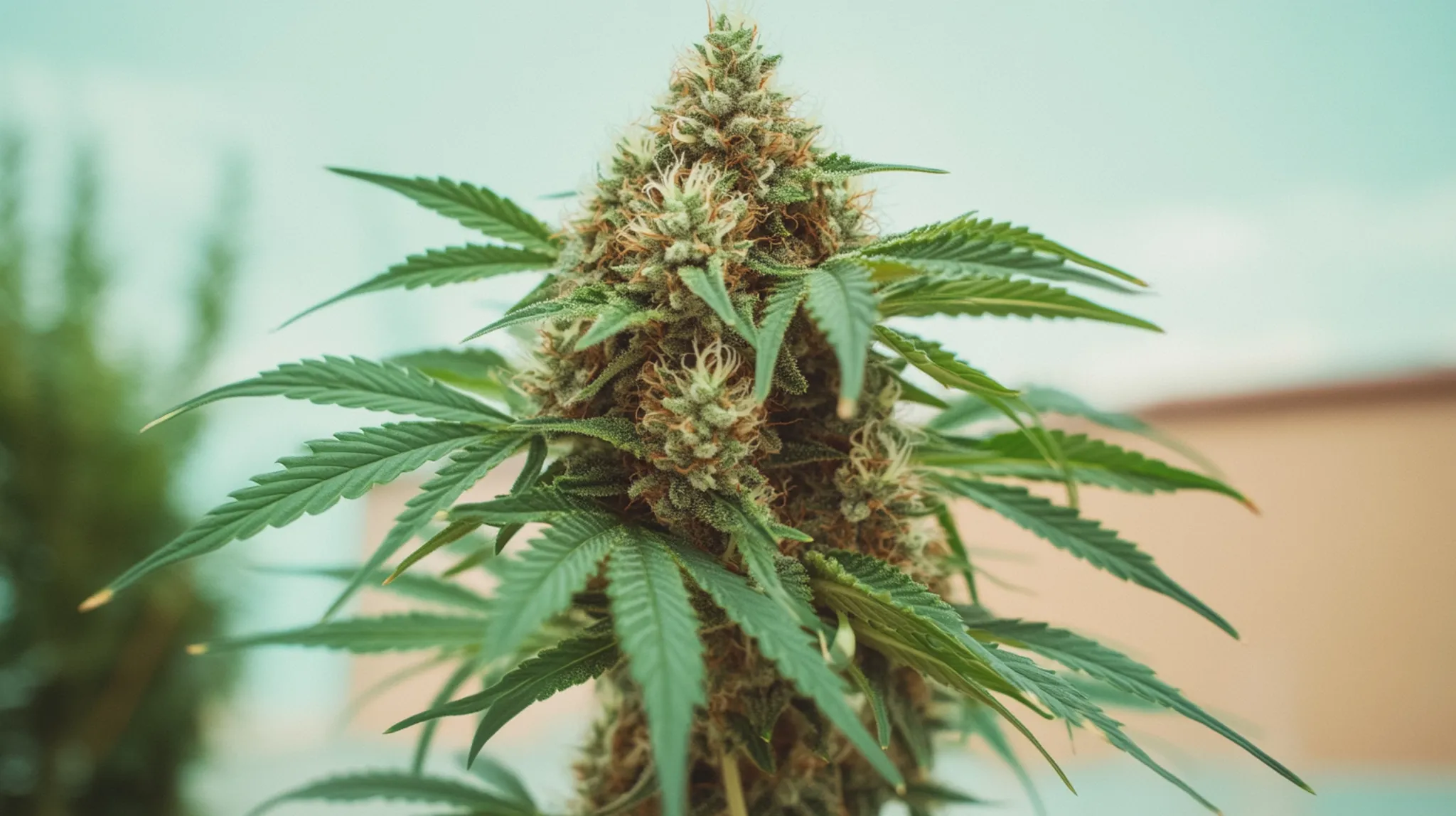
Table of contents
The state of the planet is evidence that we’ve spent decades separating ourselves from the natural world. Synthetic fertilizers, pesticides, monoculture farming, urban sprawl—you name it, have driven us further away from our natural harmony. And the result? Depleted, nutrient-deficient soil and pollution filling up our oceans and rivers. All because we've become dependent on a food system that values speed and shelf life over nutrition and sustainability.
But here's the wild part, you ready? Cannabis fits perfectly into the solution. This one plant touches nearly every aspect of the conversation about environmental healing—and it does it quietly, in backyards and balcony gardens, guerrilla grows and greenhouses all across the world. Cannabis invites everyone to get involved in the revolution, and all it takes is planting the seed.
More than just a joint

When most people think about cannabis, their minds go straight to the most common association—smoking it and getting blazed. And I get it - that was my first introduction to the plant. But aside from the recreational use, this highly revered herb presents an entire landscape of uses from industrial to medicinal and beyond. The deeper you go into what this plant has to offer and its capabilities, the clearer it becomes: cannabis isn’t just here to change you—it has the potential to change the whole damn world.
And before you assume that's just misguided stoner optimism, I can assure you, it's not. This positive outlook is based on science, soil, and sustainability. We're talking peer-reviewed studies, real-world applications, and centuries of historical context that show us cannabis has always been more than just a recreational escape.
Cannabis: The Regenerative Rebel

Let’s start from the ground up: soil. Cannabis is a phytoremediator, which means that this plant can literally clean the soil it's planted in. It pulls heavy metals and toxins from the earth, helping to rehabilitate land that's been damaged by industry or neglect. And that's more than just a theory. Cannabis has been used to help clean up Chernobyl-level disasters. It’s that effective.
Being the generous plant that it is, as it pulls toxins out, it also gives back to the earth. Its leaf drop and root systems return nutrients to the soil, encouraging microbial biodiversity and healthier soil structure. Cannabis can also be incorporated into crop rotation systems. Rotating cannabis with other crops such as maize or wheat can further improve soil health and potentially increase the yields of the crops that follow. Healthier soil means stronger ecosystems—everything from worms to birds to bees benefits. Life literally starts at the bottom.
Water-Wise and Low Maintenance
Unlike thirsty crops that demand irrigation and constant chemical babysitting, cannabis is a hardy, drought-tolerant heavyweight. Once established, it needs very little water and is practically good at shrugging off pests without synthetic pesticides (although not completely immune). That means less runoff, less poisoning of nearby ecosystems, and less stress on already stretched water systems.
If you’re looking for a plant that works with the environment instead of against it, cannabis checks every box.
Fiber, Fuel, and the Future

We’re not just talking bud here. Industrial hemp—essentially cannabis that is bred to favor stem and fibre production instead of flower production—offers an entire world of sustainable materials. Annual harvesting allows farmers to get more yield per acre compared to trees, making it an ideal alternative to wood pulp. We've all heard the tales of how King Henry VIII made it punishable by law to NOT grow hemp, while George Washington encouraged that the hemp seed be sown everywhere. Both these men recognized that the plant fibers can be used for textiles, rope, and paper.
Merging hemp with modern age technology, we’ve seen the creation of biodegradable plastics, fuel, sustainable concrete (hempcrete!), and even hemp-based supercapacitors. All of this with a fraction of the environmental footprint that traditional manufacturing leaves behind. It's a wonder that humanity hasn't made industrial hemp an everyday standard for decades. Although I'm sure industry bigwigs and corporate moguls like Andrew Mellon, William Randolph Hearst, or the Du Pont family may have something to do with it.
For more than a hundred years this incredibly diverse plant has been demonized as a danger to humanity, where in fact, the opposite is true-it may be the thing that saves us. Imagine a world where small farmers, not corporations, grow the hemp that becomes your T-shirt, your house insulation, and the packaging for your groceries. With decentralized, small-scale hemp farming, we're looking at a future that's not just greener, but also fairer.
More Than Medicine
Many may be unaware, but the cannabis plant is one of the most nutritious plants on the planet. The raw leaves are loaded with antioxidants, fiber, and essential vitamins. You can toss them in a smoothie or shred them into a salad. And what about hemp seeds? They are complete proteins, fully loaded with omega-3s, and easily digestible. Basically, a superfood that should be a staple in every kitchen.
And yes, when consumed medicinally or recreationally, the cannabinoids and terpenes offer their own set of mental and physical wellness benefits—but this plant fed us long before you or your joint came along.
So, Why Grow Cannabis?

Because it’s a rebellious act of reconnection. Growing cannabis means you’re taking back control—not just from governments or corporations, but from a system that tells you that food and medicine should only come in boxes and bottles.
It’s a way to work with the earth instead of against it.
It’s a way to heal soil, support pollinators, and create a micro-ecosystem that gives more than it takes.
And if you're already planning a veggie garden, what’s a couple of cannabis plants on the side? You might end up with more than just buds—you might rediscover your relationship with nature itself.
Let’s Get Growing
The bottom line is that cannabis deserves a place in your garden, regardless of whether you're growing it for fuel, food, fiber, or flower. It’s time the world truly saw this plant for what it really is: not just a symbol of rebellion or a means of escape, but a tool for restoration, and a means to get back in sync with nature.
If you're feeling inspired to start your own grow, check out the selection at ILGM seed bank or sign up to stay in the loop with the latest cannabis seed deals. Your garden, and the planet, will thank you.
Research papers referenced for this article:
Ahmadpour, P. et al. (2019). Phytoremediation of heavy metal-contaminated soil using hemp (Cannabis sativa L.) in a greenhouse experiment. Environmental Science and Pollution Research, 26(15), 15044–15050. DOI: 10.1007/s11356-019-04989-9
Shi, G. et al. (2012). Phytoremediation potential of hemp (Cannabis sativa L.): From industrial crop to environmental clean-up. Journal of Hazardous Materials, 229–230, 155–163. DOI: 10.1016/j.jhazmat.2012.05.043
Citterio, S. et al. (2003). Heavy metal tolerance and accumulation of Cd, Cr, and Ni by Cannabis sativa L. Plant and Soil, 256(2), 243–252. DOI: 10.1023/A:1026102432225
Vandenhove, H., Van Hees, M. (2005). Fibre crops as an alternative land use for radioactively contaminated arable land. Journal of Environmental Radioactivity, 81(2–3), 131–141. DOI: 10.1016/j.jenvrad.2004.10.007
Linger, P. et al. (2002). Industrial hemp (Cannabis sativa L.) growing on heavy metal contaminated soil: Fibre quality and phytoremediation potential. Industrial Crops and Products, 16(1), 33–42. DOI: 10.1016/S0926-6690(02)00006-5
Aresta, M. et al. (2008). Utilization of biomass from phytoremediation for the production of bioenergy and green materials. Environmental Science and Pollution Research, 15(6), 506–511. DOI: 10.1065/espr2007.12.470
Paz-Ferreiro, J. et al. (2014). Environmental benefits of hemp cultivation for phytoremediation and bioenergy production. Renewable and Sustainable Energy Reviews, 39, 115–128. DOI: 10.1016/j.rser.2014.07.036
van der Werf, H.M.G. et al. (1994). Potential of hemp (Cannabis sativa L.) for phytoremediation: Growth and mineral accumulation in different soils.Journal of Industrial Hemp, 1(1), 35–52.
The Age Of Hemp: Global Advanced Industrial Applications
Forbes Technology Council
By Giadha Aguirre De Carcer, Former Forbes Councils Member.
for Forbes Technology CouncilCOUNCIL POST | Membership (fee-based)

Roach
Roach, a 20+ year cannabis enthusiast, activist & storyteller, blends humor, art & expertise—crafting words, strains & macabre masterpieces.
Continue Reading
You might also find these interesting.

